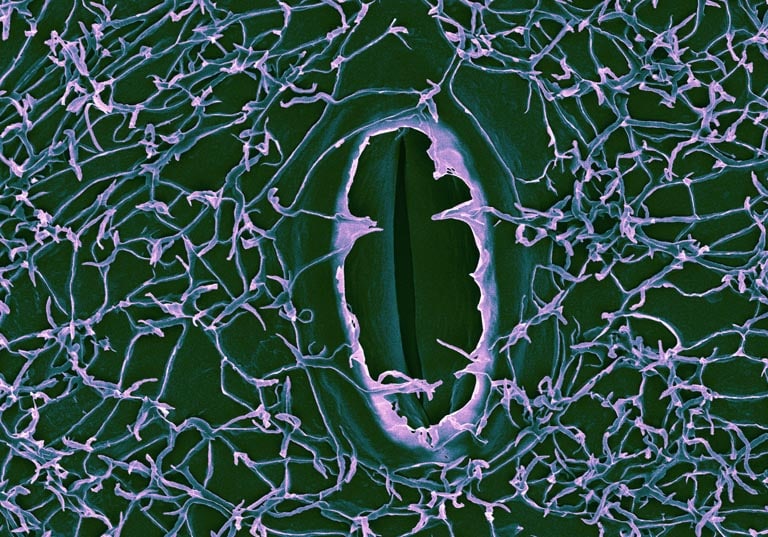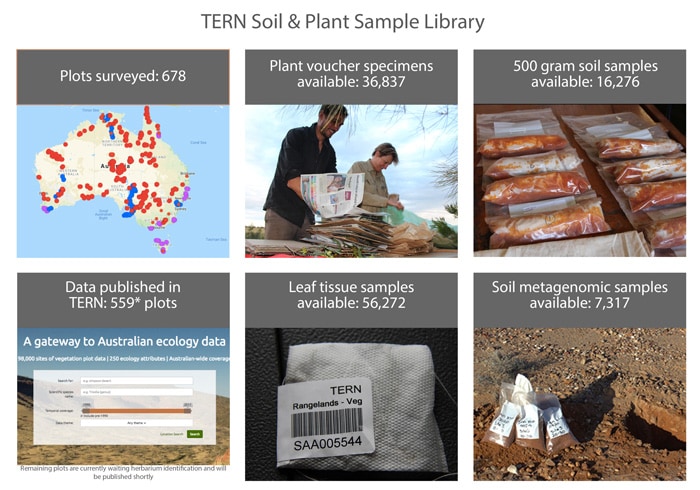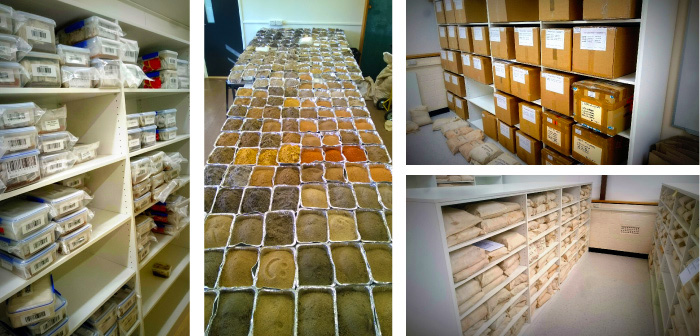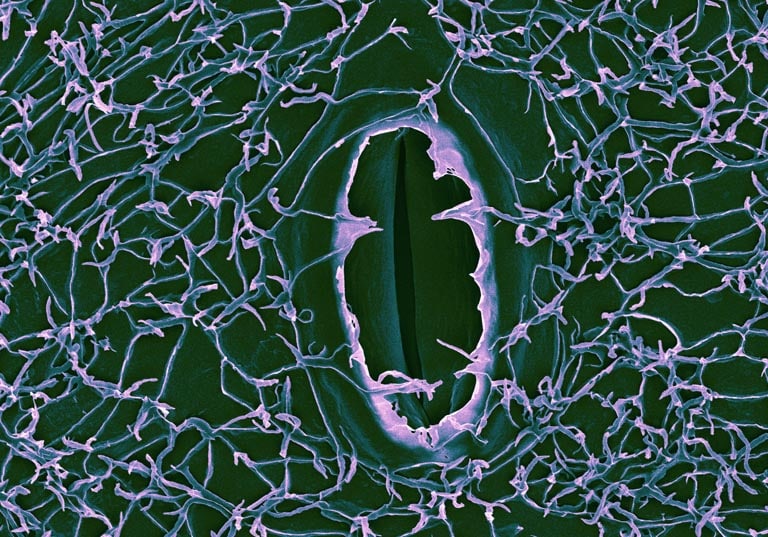The plant waxes contained in thousands of soil samples collected by TERN are enabling scientists to reconstruct past plant records that hold clues to predicting future environmental change.
Ice cores, sediment deposits and fossils all provide a window into the past and allow scientists to examine how past climatic conditions—known as palaeoclimate—affected the global environment.
Just like their much larger siblings, molecular fossils such as leaf waxes are particularly useful for palaeoclimate research because they preserve well and are found throughout the geologic record. Leaf wax n-alkanes are one type of compound made by plants that can be preserved in soils and sediments for millions of years.
Scientists can make interpretations about past vegetation composition and environmental change by extracting fossil n-alkanes from ancient soils and comparing them with the n-alkanes in modern surface soils.

Molecular fossils a faithful record of large-scale ecosystem structure
Using this technique, a team of scientists from the University of Adelaide has used some of the thousands of soil samples collected by TERN from its 600-odd environmental sensors to study how modern n-alkane distribution in soils is impacted by current environmental conditions.
“TERN’s open-access soil sample collection provided an ideal resource for our study, due to the diversity of ecosystems and climates that they encompass,” says University of Adelaide PhD candidate Siân Howard, whose research has just been published in the journal Organic Geochemistry.
“We found that the n-alkanes in the surface soil samples from TERN appear to correlate with the general vegetation found over a broad area,” says Siân.
“This finding suggests that these molecular fossils provide a faithful record of large-scale ecosystem structure such as the predominance of grasses versus trees, which can be very useful in reconstructing past vegetation change.”

Interpret the past to anticipate the future
The next step for the team is to apply their observations from modern surface soils to ancient soils and make informed interpretations about the ecosystems of the past.
“By studying modern-day environmental processes, we can paint a clearer picture of the past, and use it to make important predictions about our future,” says Siân’s PhD supervisor, Cesca McInerney.
“For example, these results have already helped us understand the initial expansion of arid-adapted vegetation in Australia 3.5 million years ago,” says Cesca.
“The techniques we’re developing and refining play a vital role in understanding future environmental change and providing the information we need to sustainably manage our ecosystems.”
“We are studying the modern to interpret the past and to anticipate the future.”
- Download TERN’s specimen loans information sheet to find out how you too can use TERN samples. Genetic barcodes and voucher numbers for each sample are included in TERN’s new AusPlots R package enabling researchers to request samples based not only on species, but also by location and date. To discuss opportunities to use our samples please contact Ben Sparrow.
- TERN’s plot and transect-based ecosystem surveillance monitoring data are now openly available for download via the TERN Data Discovery Portal.









